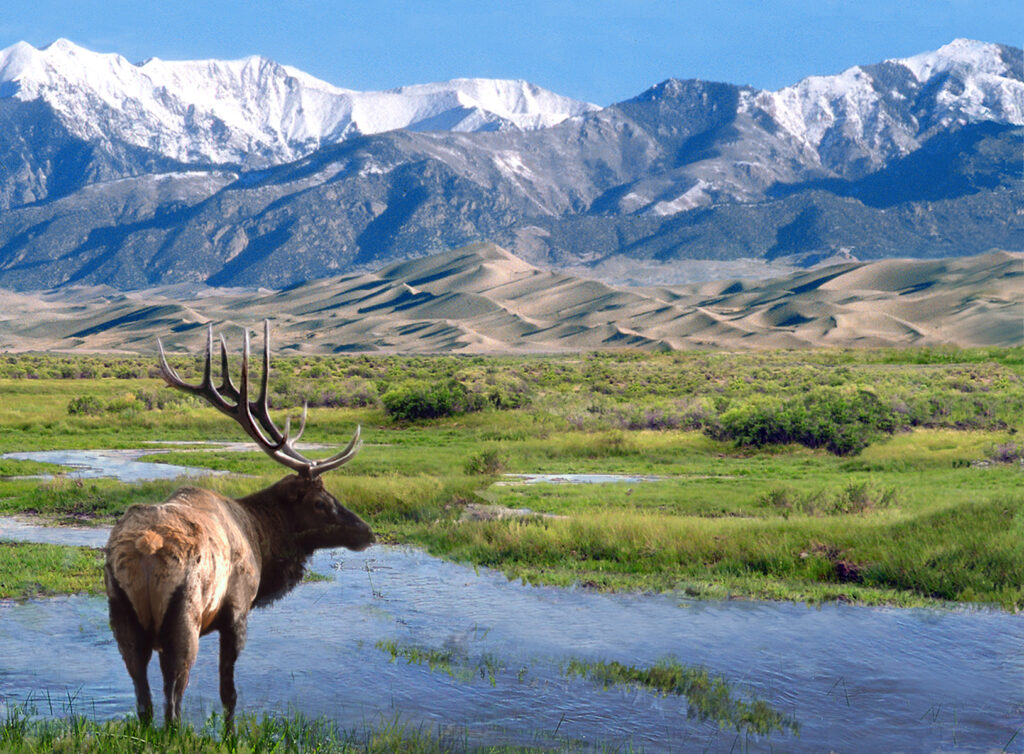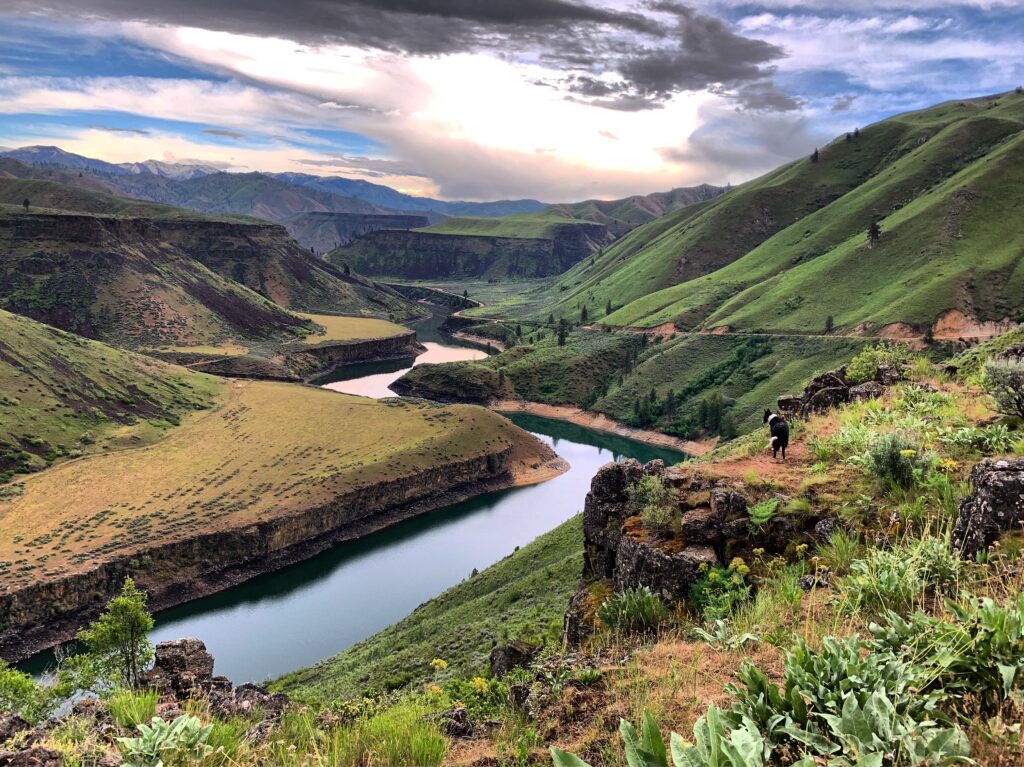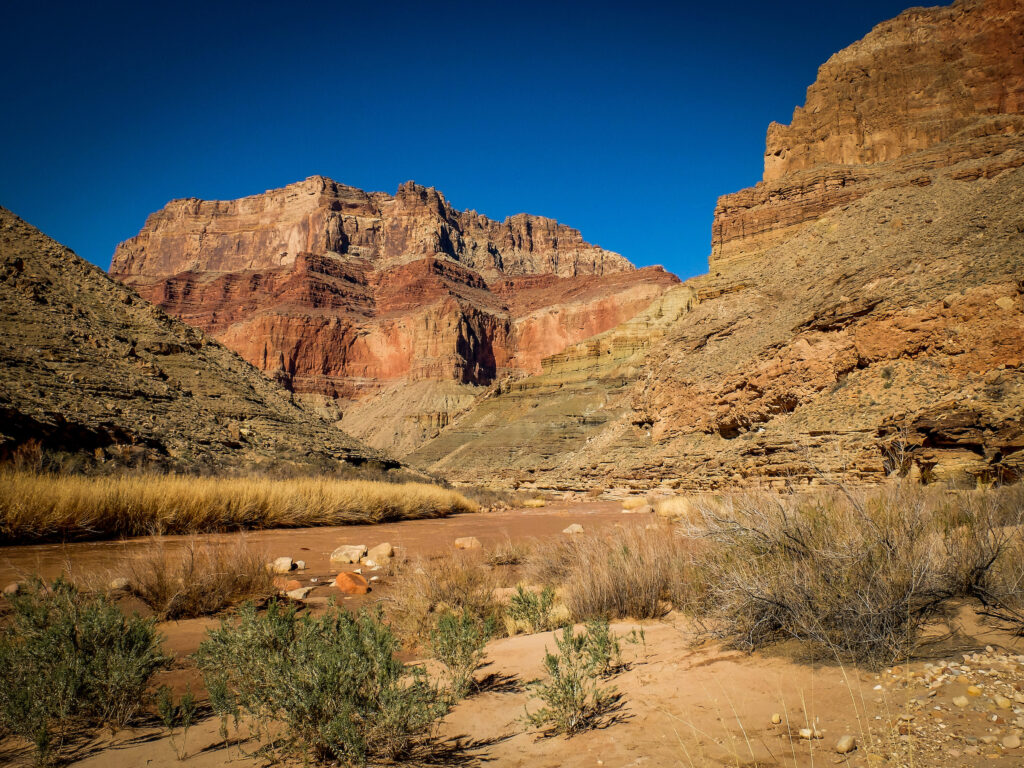Protecting and Restoring Fish Habitat on National Hunting and Fishing Day
In honor of National Hunting and Fishing Day, we share some examples of how our work helps to protect and restore important fish habitat.
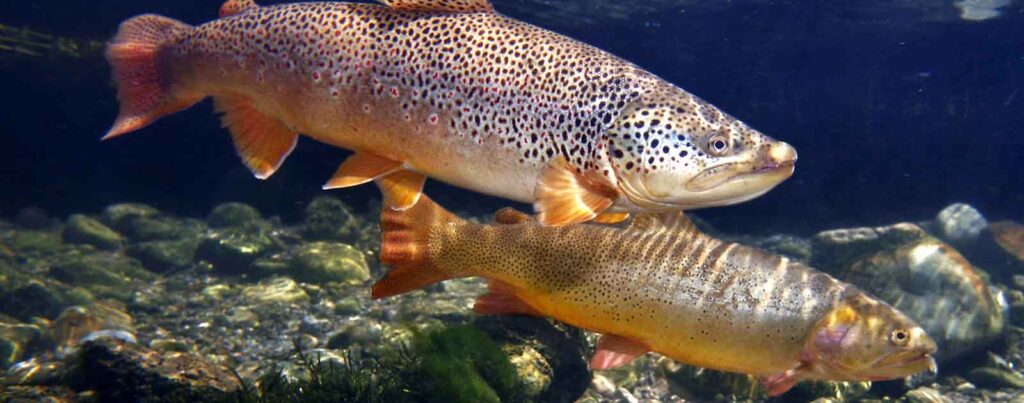
The National Hunting & Fishing Day has its origins in connecting hunting and fishing with conservation, both to recognize that hunters and anglers were some of the first and most ardent people committed to restoring fish and wildlife and to encourage the continued effort to protect fish, wildlife, and the habitats they depend upon.
The work that American Rivers does makes a direct contribution to this cause. Whether we are removing dams, protecting rivers and their adjacent lands through “Wild and Scenic” designations, restoring floodplains and meadows, or working with hydropower companies to improve their dam operations for the benefit of the river downstream, virtually all of our work helps fish habitat and fishing. Here is a little more detail, and you can read more examples here:
Dam removals: there is no single, better thing you can do to restore a river than to remove an outdated dam. Whether it’s to open up spawning grounds and seasonal migrations for trout (like the 6 miles of the Batten Kill opened by removing the Dufresne Dam in Manchester, Vermont…a nice side trip if you are in town either visiting Orvis or stopping by the American Museum of Fly Fishing), removing barriers for salmon (like on the Penobscot for Atlantic salmon or the Elwha for Pacific salmon and steelhead), or helping to recover/restore populations of herring and other forage fish that stripers, false albacore, and other predator fish depend upon, there’s a great benefit for fish and fishing.
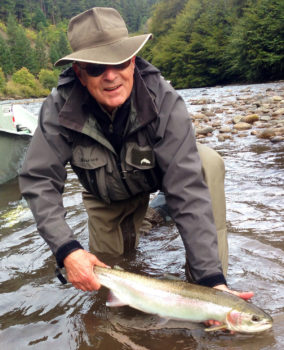
Bob McDermott fishing
Wild and Scenic River designations: by working with local, state, and federal representatives to designate a river as “Wild and Scenic”, a river is protected forever from damming, diversions, or any development that hurts its natural value. A great example is the 415 miles of the Snake River and its tributaries around Jackson Hole, which American Rivers played a key role in supporting and which is now essentially a native trout sanctuary.
Floodplain and meadow restorations: salmon that rear in a floodplain are twice as big when they go to sea and twice as likely to return to spawn. Meadow restorations, like Pine Creek in California, allow for full-year migrations that connect native trout to their spawning grounds.
Hydropower improvements: by working with hydropower companies to establish minimum flows and minimum levels of dissolved oxygen, we can bring rivers back to life. This was the case on the Saluda River in South Carolina, where trout survive year-round and you can now catch 24-inch brown trout.
You can learn more about our work that protects and restores fish habitat by going to www.AmericanRivers.org/AnglersFund, and clicking on the conservation updates we’ve posted over the past few year.
Thanks for your interest in our work, and happy fishing on National Hunting and Fishing Day.
